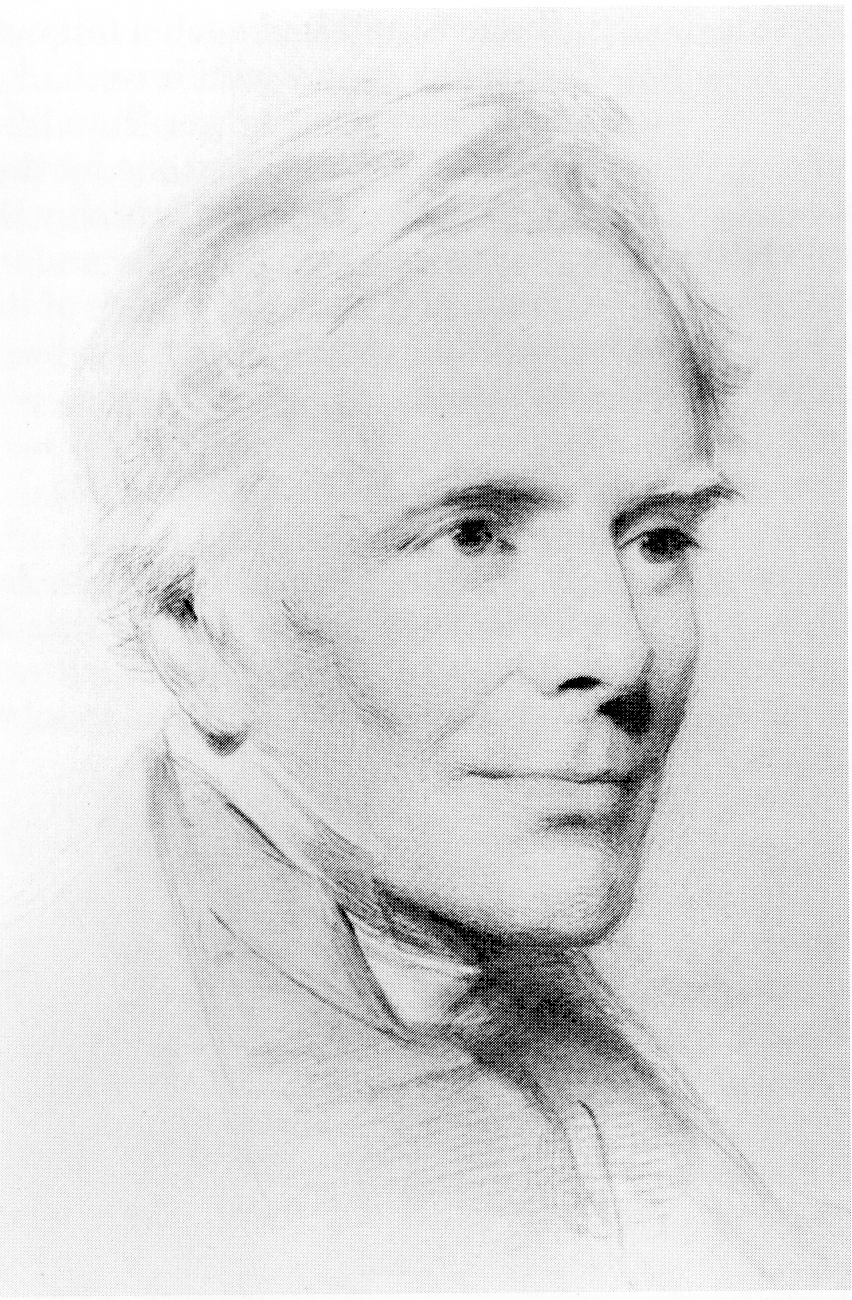John Keble and Friends
On St Mark’s Day (25 April 1792), one of Hursley’s great names, the Reverend John Keble, was born at Fairford in Gloucestershire. That he should become one of the most famous Anglican (Church of England) clergymen never to have become a bishop owes something to his father, the elder John Keble (another Reverend) who educated his family entirely at home. The male family members were sent on to university, which for the young John was at the age of 15.
Keble went to Corpus Christi College at Oxford, and later became Fellow, Tutor and Professor of Poetry at Oriel College. There he tutored a young William Heathcote, later Fifth Baronet of Hursley, who in 1825 offered him the curacy at Hursley. Keble stayed for just a year, but returned as vicar in 1835 following the death of his father, and remained there until his own death in 1866.
 John Keble, by George Richmond RA, 1863
John Keble, by George Richmond RA, 1863
But what made Keble famous, and Hursley a place of pilgrimage for so many? Keble was the author of many volumes of sermons and theological essays, and a reformer and the senior member (the oldest) of the Oxford Movement, a tractarian movement who urged caution and a biblical approach to the many changes taking place within the Anglican church at the time. Without doubt, he was also a man of his time with his poetry. His book ‘The Christian Year’ (1827), a popular collection of religious verse, met a real need and was used by Anglicans in their daily devotions. The royalties from this book, in particular, helped pay for the rebuilding of Hursley church in 1847-1848.
Some of his poetry was set to music, and so the title of hymn writer accrued. He also worked with William Baker, another hymn writer, in compiling what was the then new and somewhat revolutionary Anglican hymnal ‘Hymns Ancient and Modern’.
Unlike his contemporaries in the Oxford Movement, Newman and Pusey, who too often aroused conflict, Keble’s humble style of Christian leadership was always reliable and trusted. In contrast to some tractarians, Keble felt it more important to show that erudite theological principles could be of more practical help in a Christian’s life than the ritual worship on which others placed great stress. Many in the hierarchy of the Anglican Church often resisted comment on public issues until they had heard ‘What came out of Hursley’.
Keble detested the competitive political atmosphere at Oxford University and wanted no part in it. He felt that he could function just as well for the Church he loved as an ordinary country clergyman, not seeking wider recognition or promotion. What is often overlooked is that Keble was an outstanding pastor, a very good communicator, and a man who was absolutely genuine, greatly respected and to whom it was easy to relate. There were no ifs, buts or maybes about where this shy man of God stood, and people loved him for it. This partially explains the paradox of a man of great humility being so famous that, after his death, a new college was built in Oxford as a fitting memorial to him, funded entirely by public subscription. So great was the response that the College was operationally complete and paid for by 1870, just four years after his death. John Keble is buried in Hursley Village churchyard, with his wife’s grave alongside making a matched pair.
Sir William Heathcote, 5th Baronet of Hursley, and John Keble were half of a quartet of famous local Victorian people who also helped make Hursley a focal point of Anglican, judicial and administrative interest in the 19th century. The two other greatly respected personalities who also contributed to putting Hursley on the map were the novelist Charlotte Yonge, who lived at Otterbourne, and the Reverend George Moberley of the Red House at Ladwell, a small hamlet about 0.62 miles (1 km) south of Hursley, on the Chandler’s Ford road. He lived here during his time as headmaster of Winchester College, before becoming Bishop of Salisbury.
Charlotte Yonge was something of a disciple of John Keble, and her writing was influenced by his ministry. Her skill with words to create pictures in the mind still works today, and her books, long out of print, are keenly sought after. From the royalties of one of her books, the little chapel/school room at Pitt was built. Pitt is about 2 miles (3 km) north east of Hursley towards Winchester. From the title of one of her books, Ampfield, Chandler’s Ford, Farley Chamberlain, Hursley, Otterbourne and Pitt, are still known as ‘John Keble’s Parishes’.
These four great Anglican stalwarts created what was to be the heyday of Hursley’s social life from around 1835 to 1865, and the reputation of the highest ideals within this little Hampshire Village spread well beyond England’s shores. They were all greatly loved and respected in their various fields of influence, and had such a following of interest that today they would have had star status. There were other larger than life personalities but these four set the tone by their example and industry, for from Hursley they thrilled and inspired many people, and it is around this quartet that the wealth of literature associated with the area has been written or dedicated.